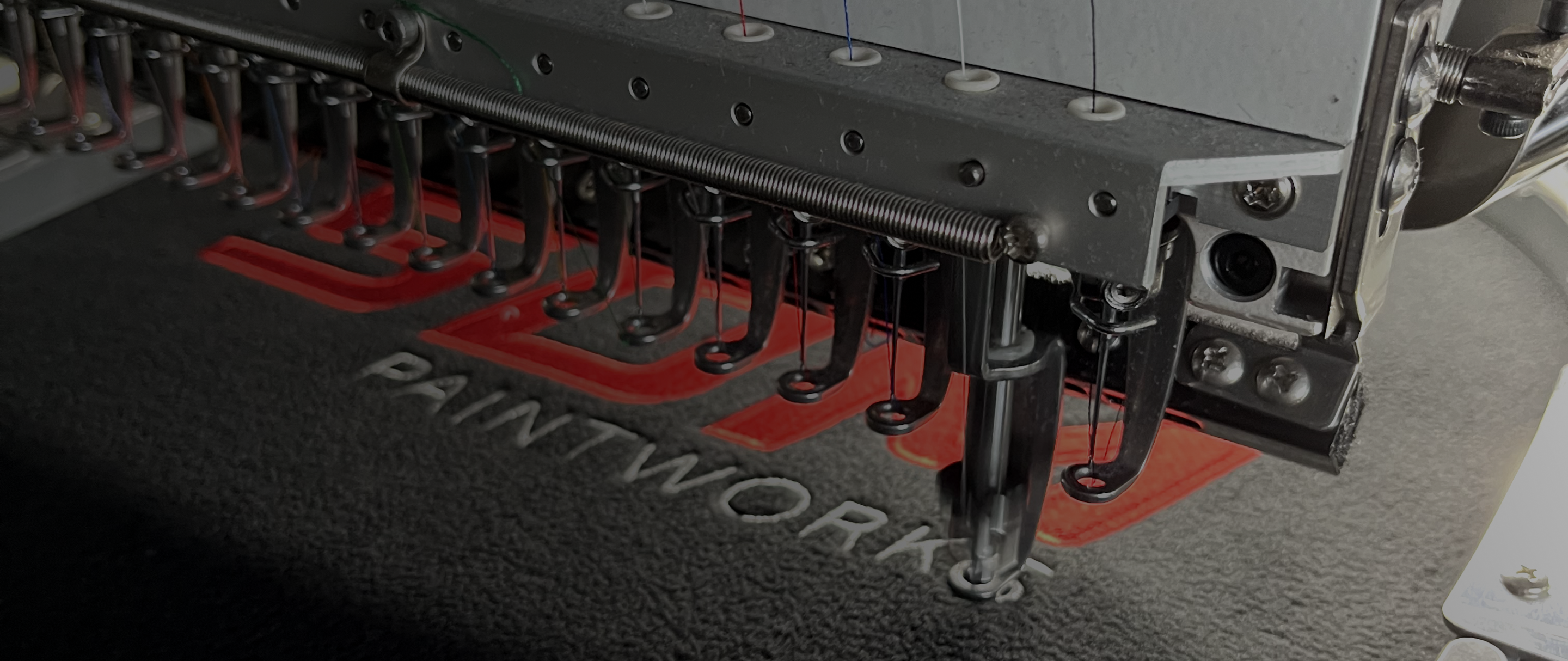Industry
The embroidery industry is a fascinating sector that combines artistry, craftsmanship, and technology to create intricate and beautiful designs on various fabrics. Embroidery is the process of decorating fabric or other materials by stitching thread or yarn onto the surface using a needle. It has been practiced for thousands of years and has evolved over time to become a thriving industry globally.
Embroidery serves both functional and decorative purposes. It can enhance the aesthetics of garments, accessories, home furnishings, and even corporate branding materials. From traditional hand embroidery to computerized machine embroidery, the industry has embraced advancements in technology to streamline production and create more intricate designs.
Hand embroidery is the oldest form of the craft, requiring skilled artisans who use their expertise to create delicate and intricate patterns. This technique involves using a needle and thread to meticulously stitch designs onto fabric. Hand embroidery allows for creativity, personalization, and attention to detail that is often cherished in high-end fashion, couture, and bespoke items.

However, with the advent of computerized machines, the embroidery industry has experienced significant transformation. Computerized embroidery machines, often referred to as embroidery machines or embroidery digitizers, can quickly and accurately replicate designs using pre-programmed patterns. These machines can handle large production volumes, making them ideal for commercial and industrial applications.
The digitization process involves converting a design into a digital format that can be read by the embroidery machine. Software programs allow designers to create or import designs and adjust various parameters such as stitch types, colors, and density. Once the design is digitized, it is transferred to the embroidery machine, which uses multiple needles and threads to stitch the design onto the fabric automatically.
